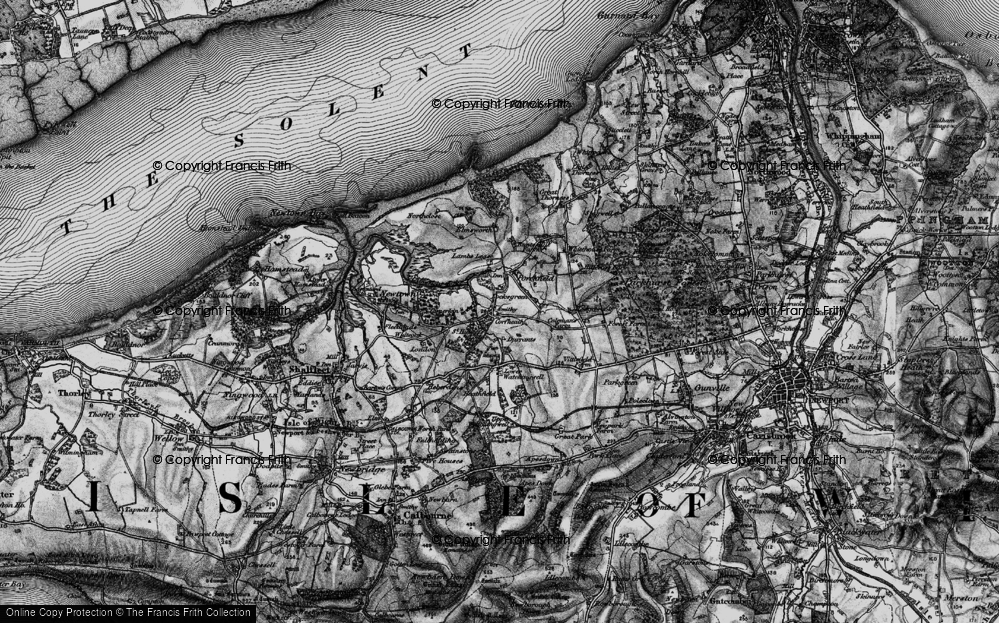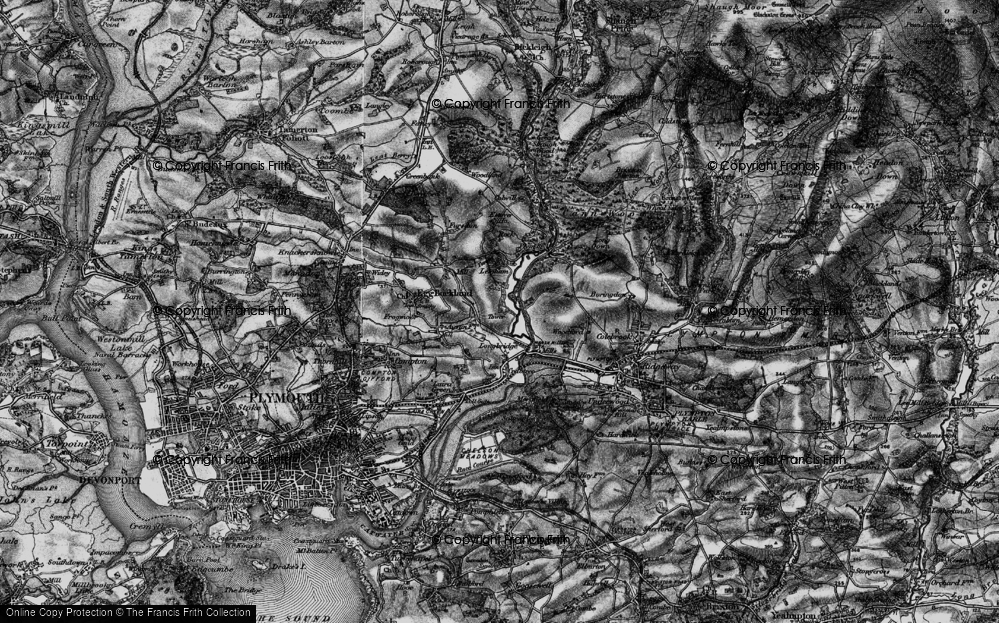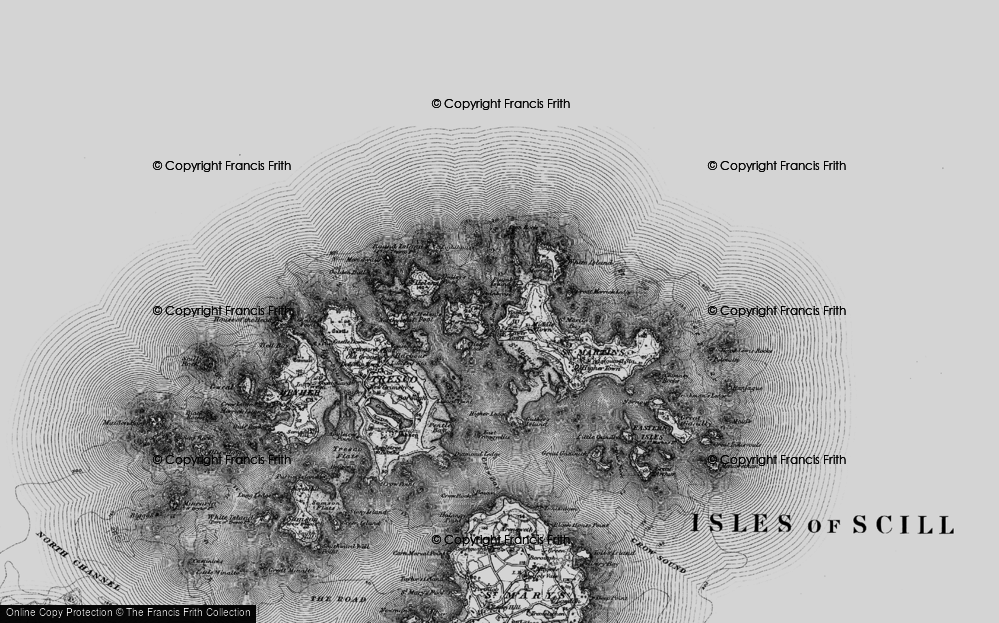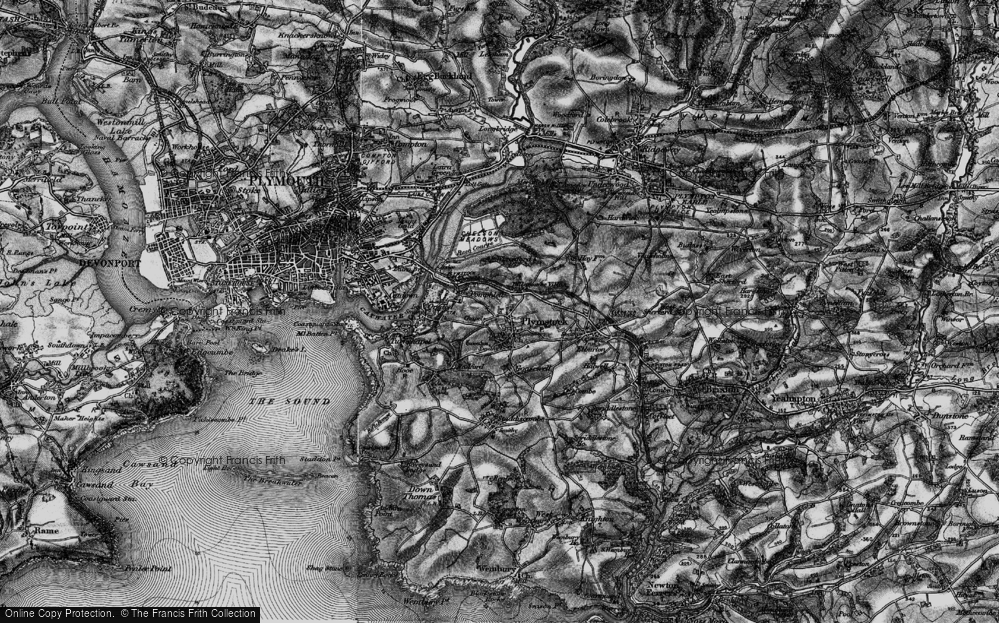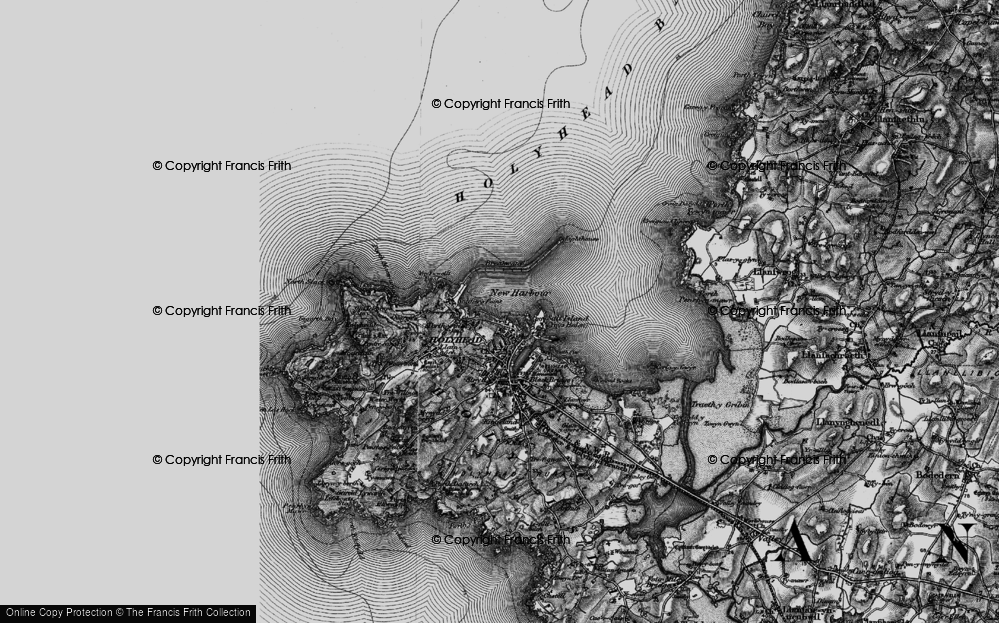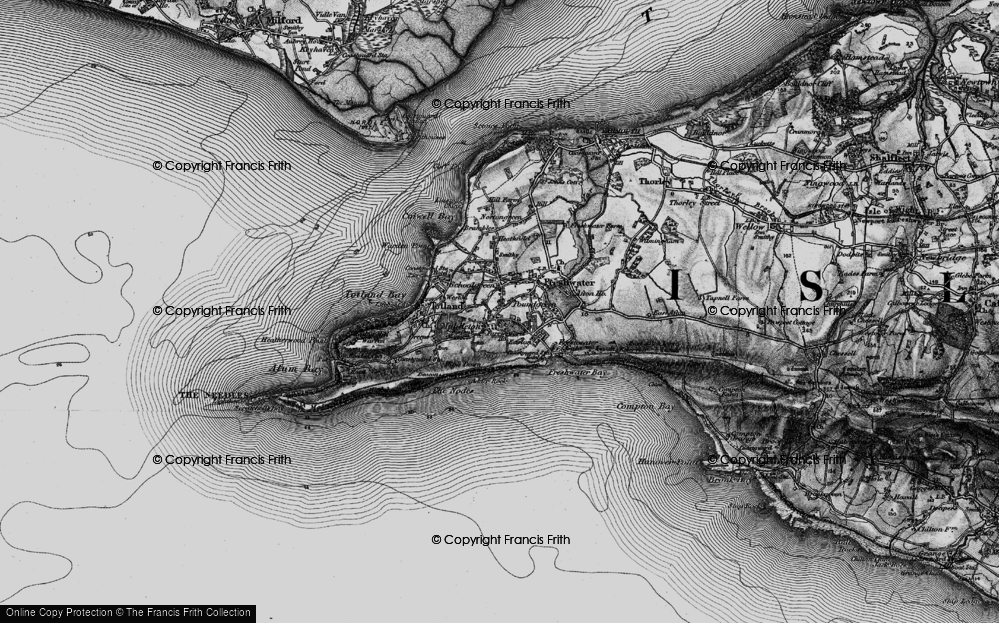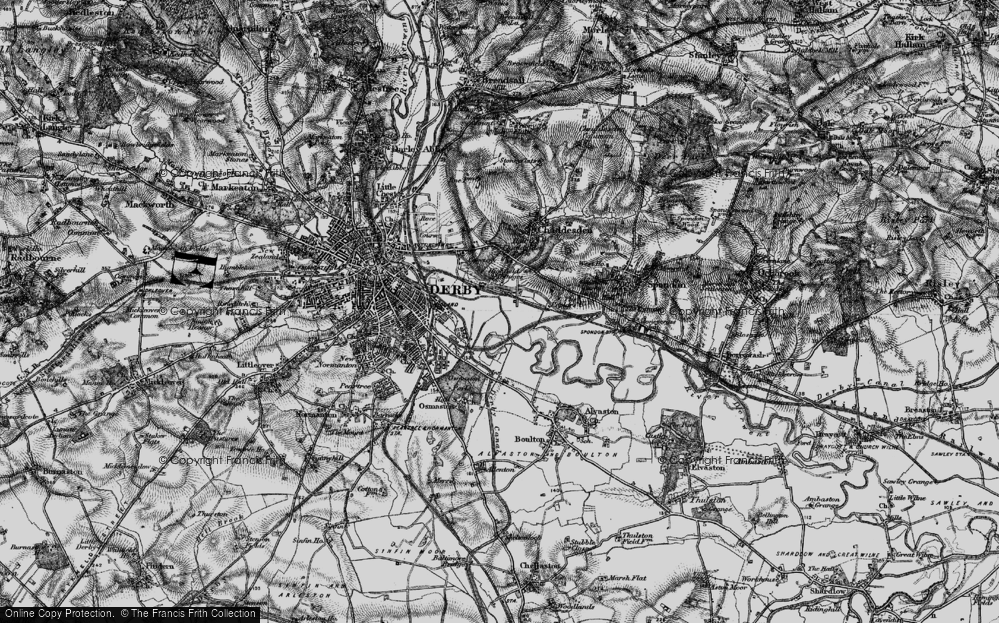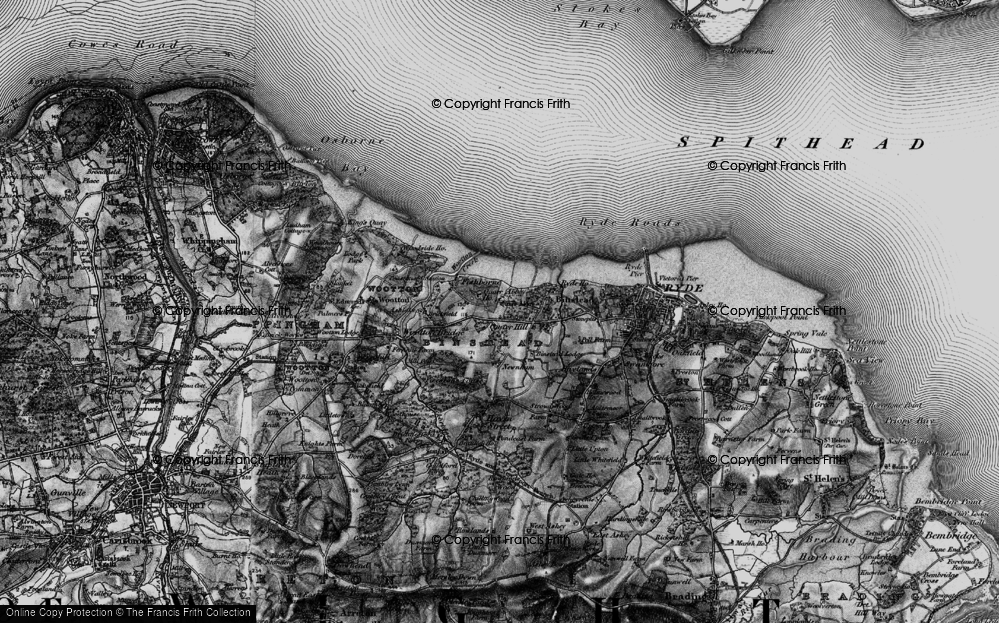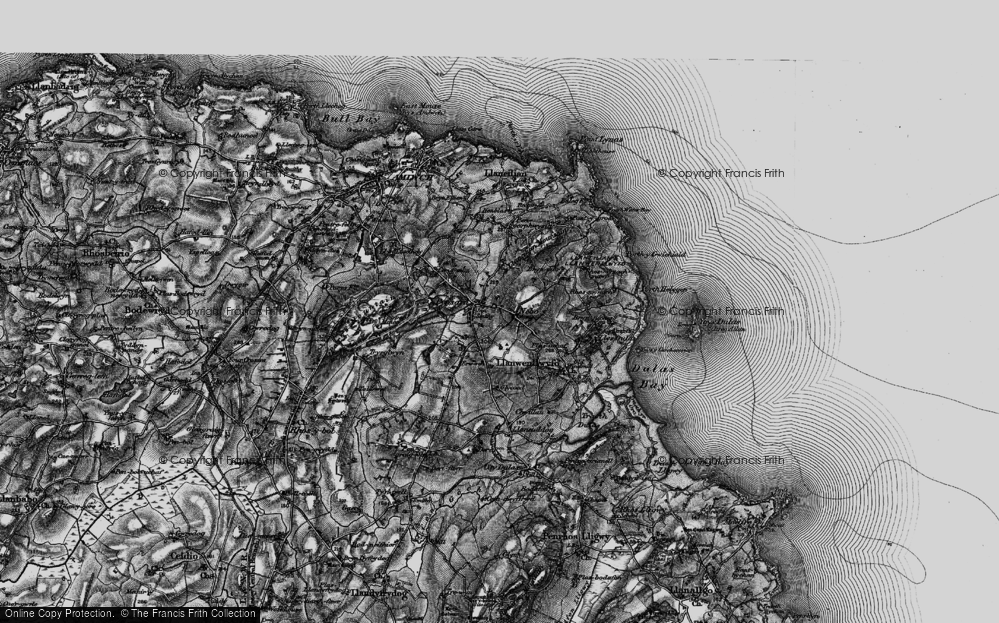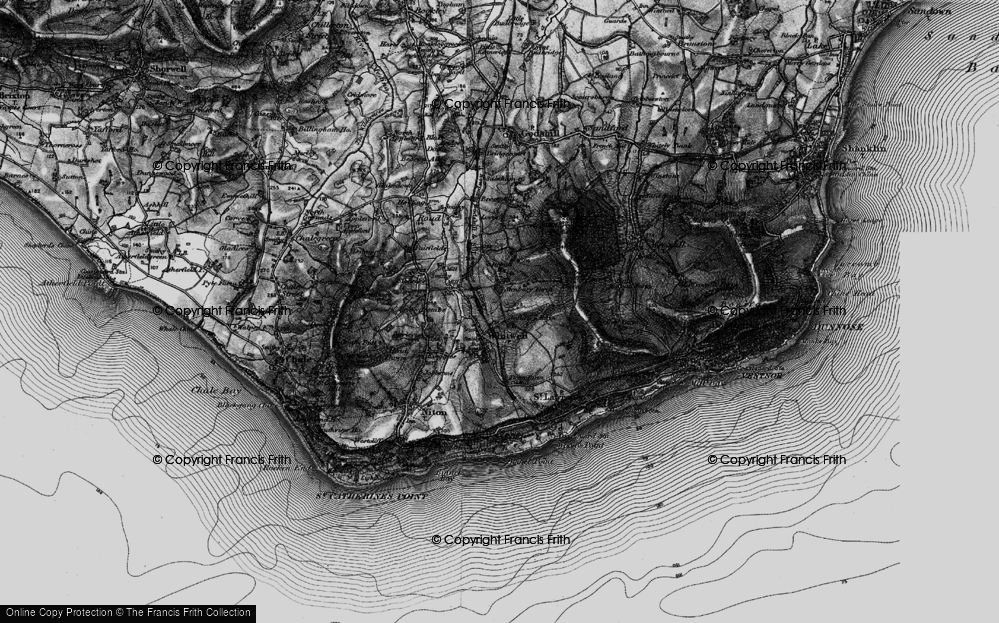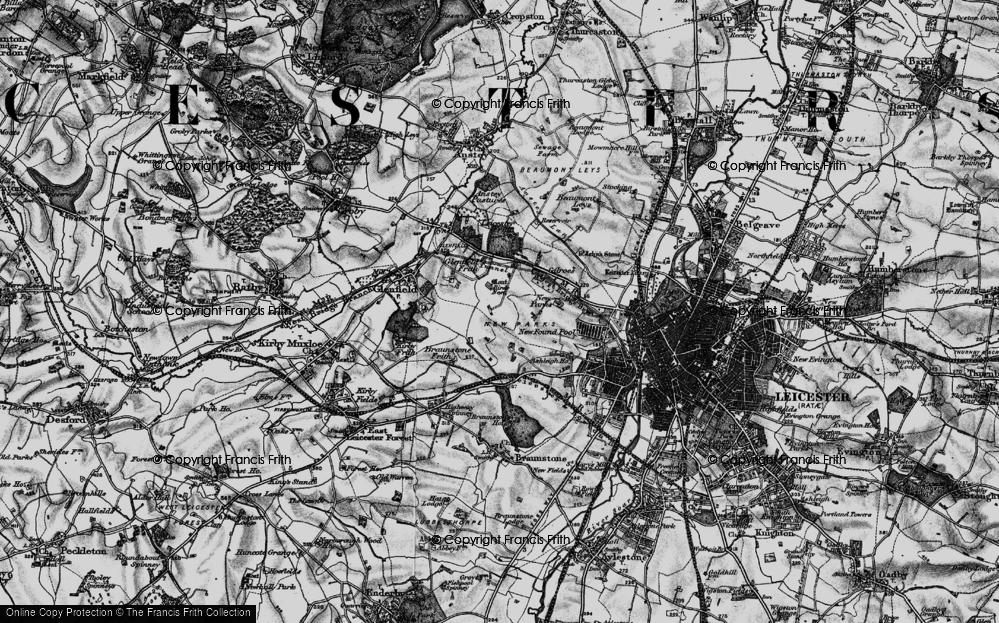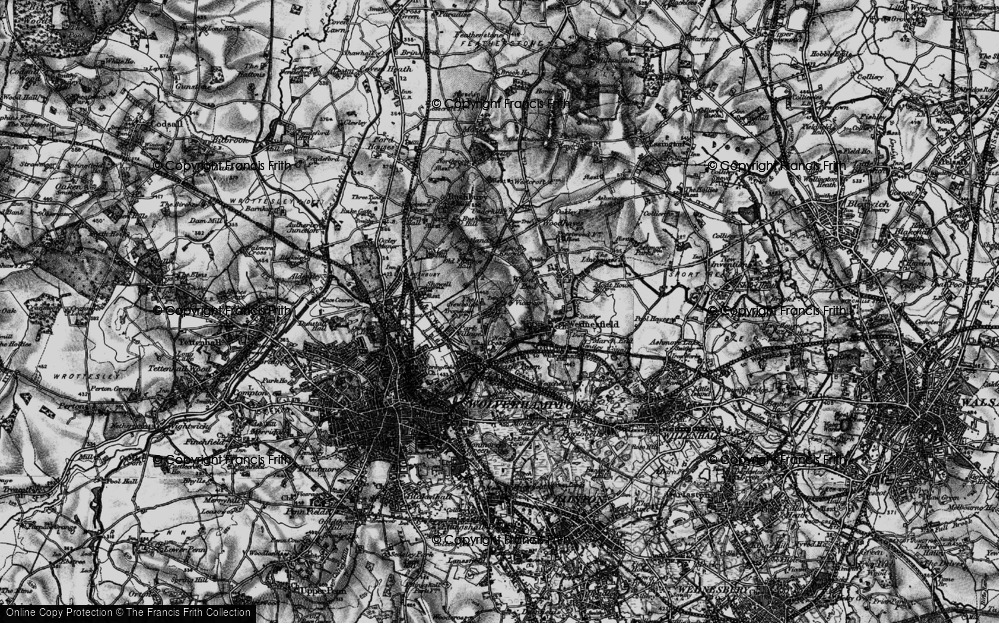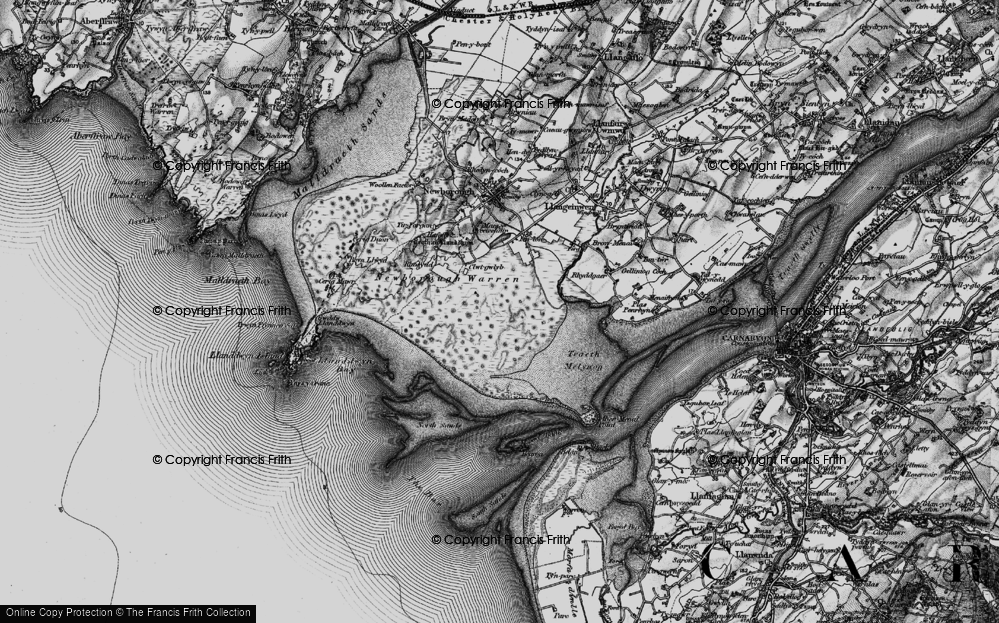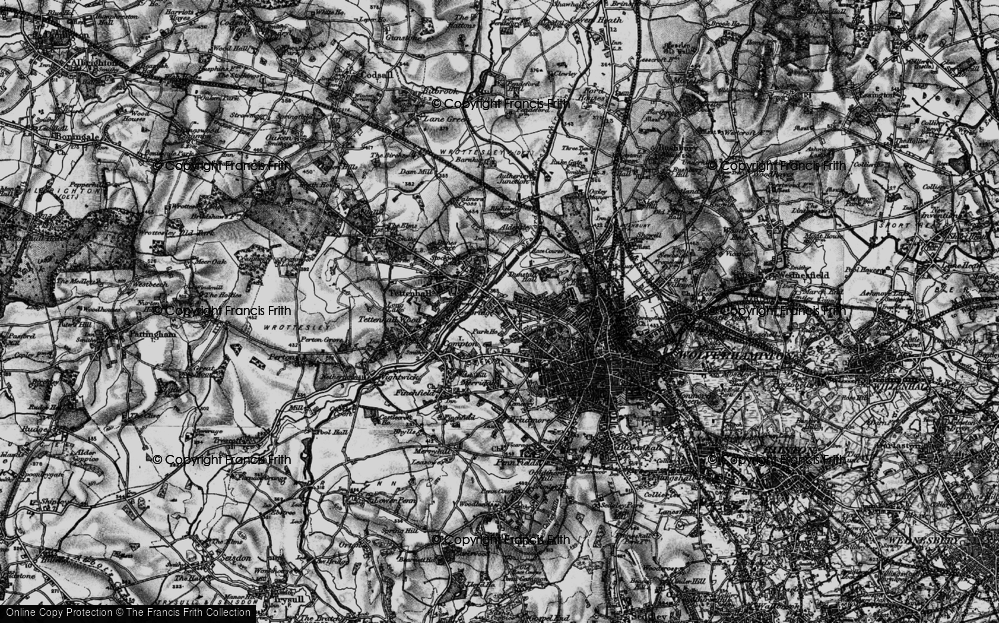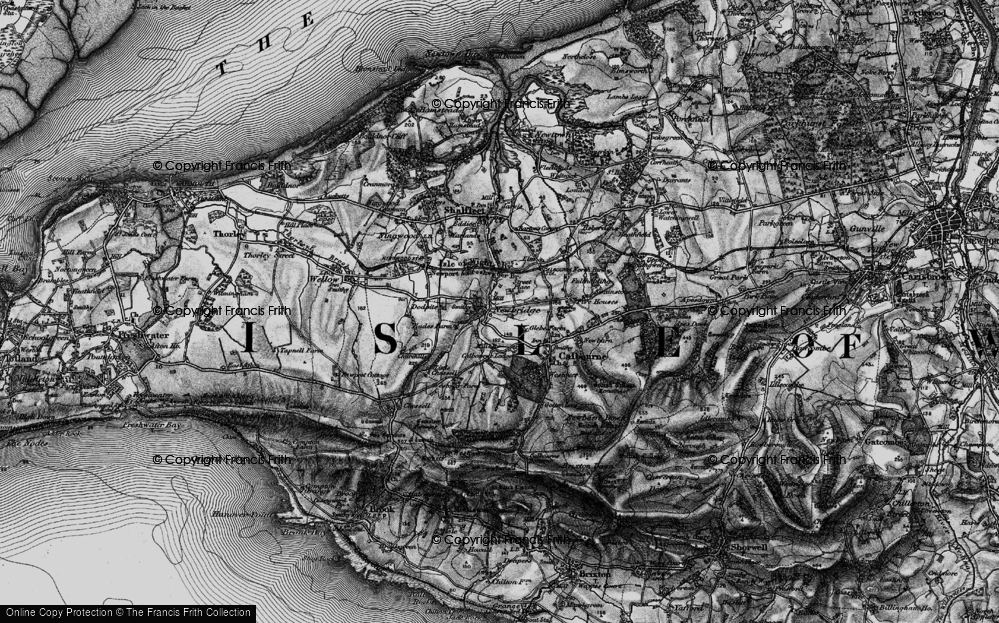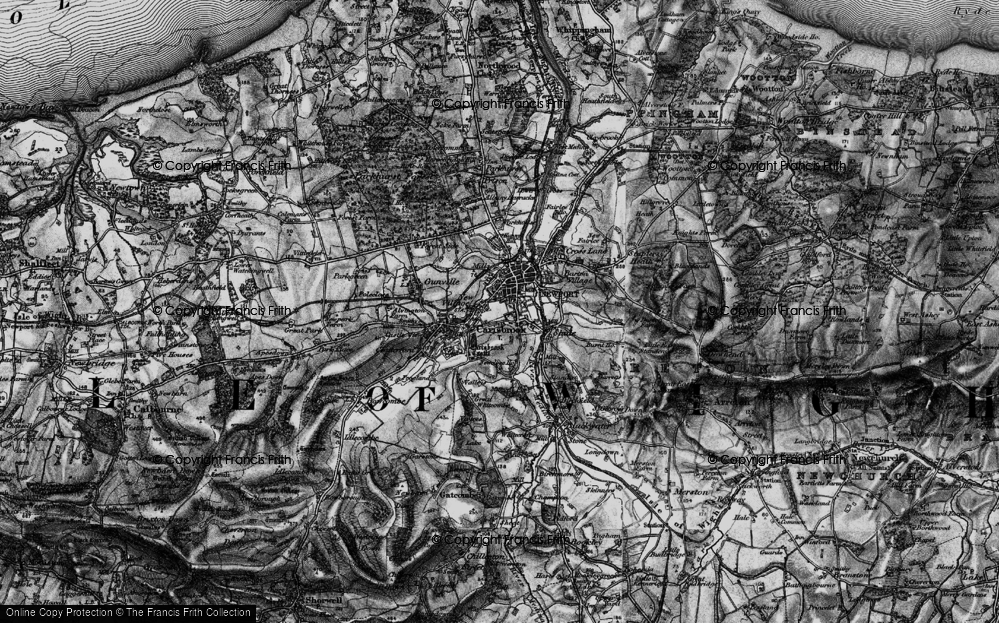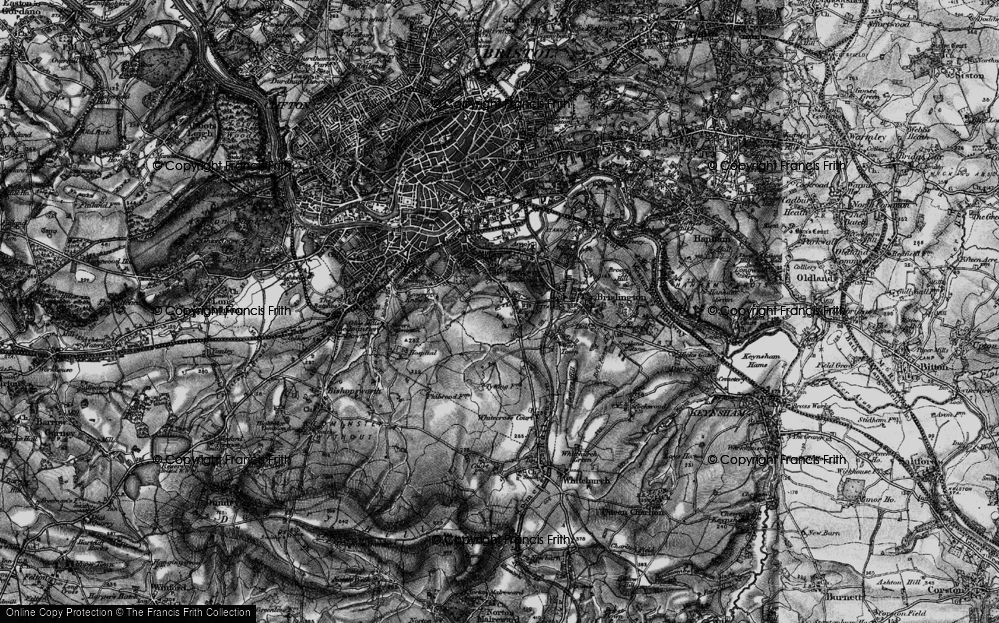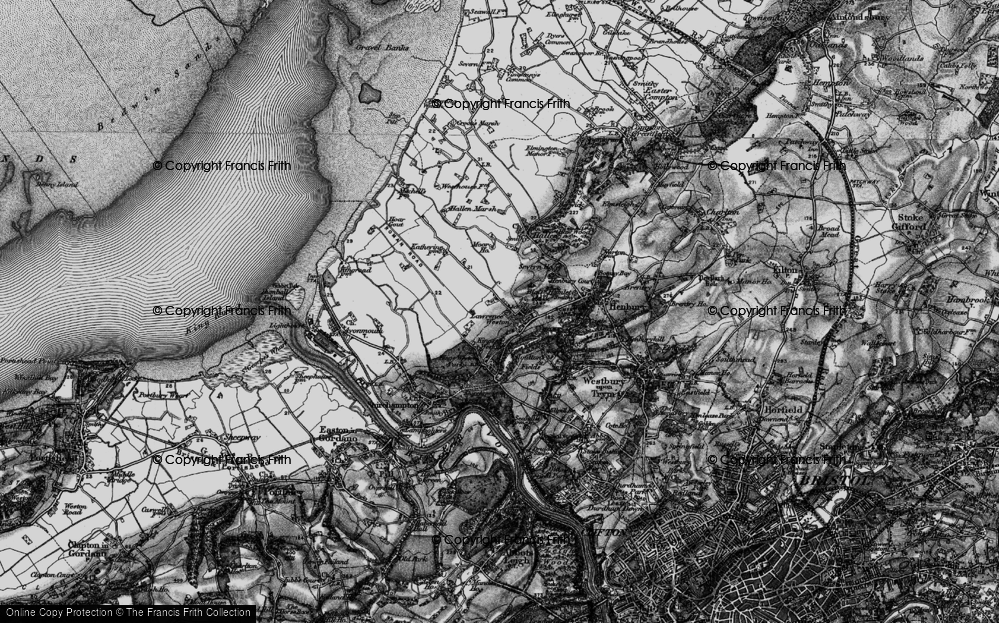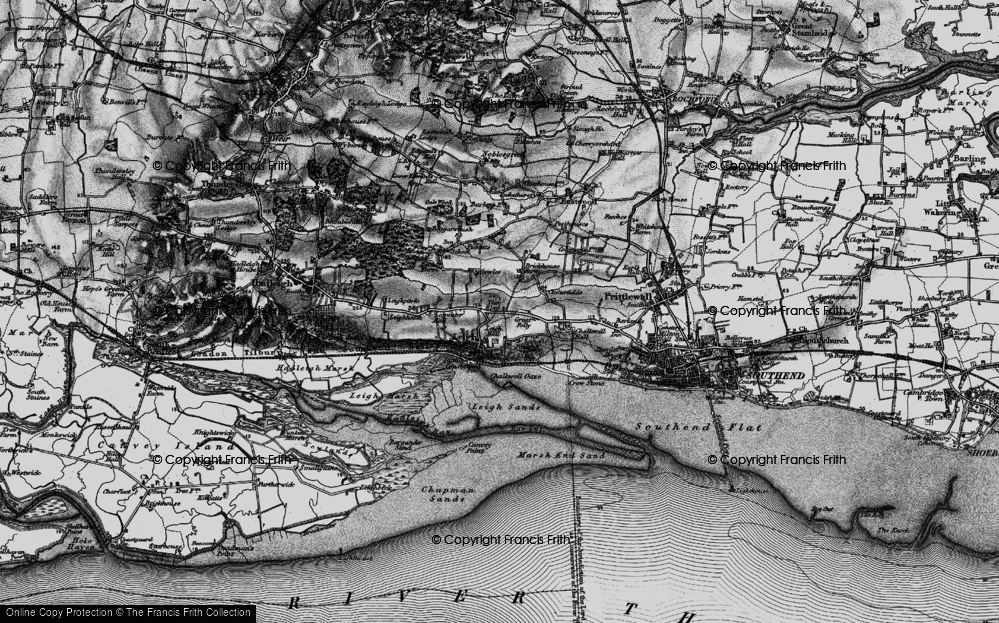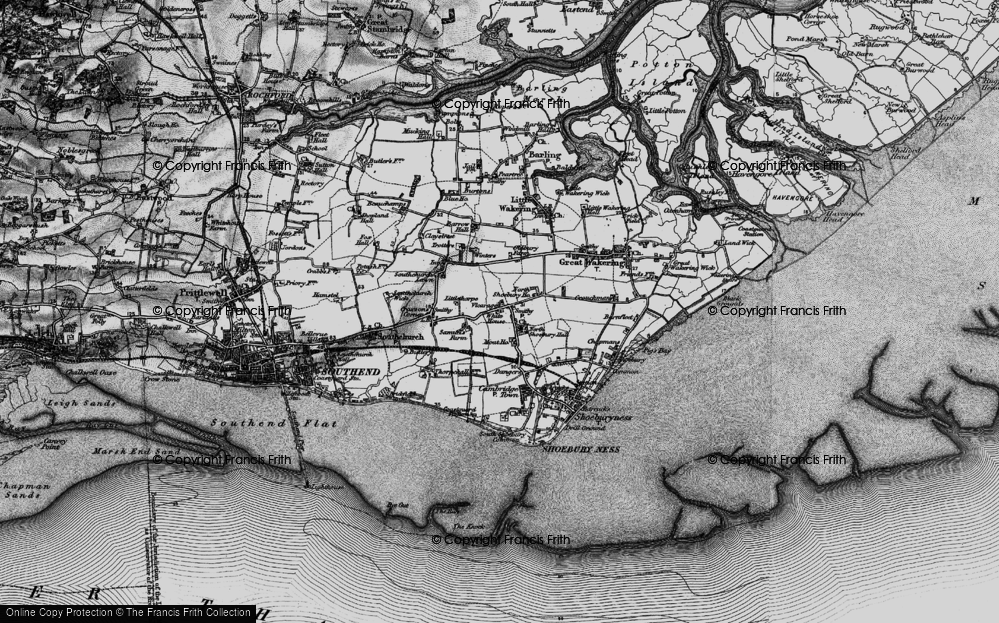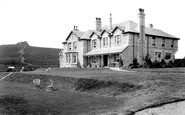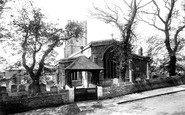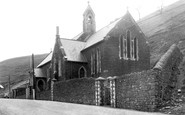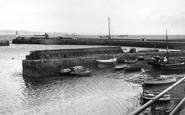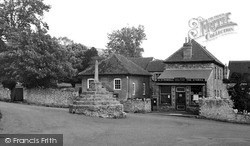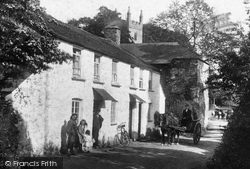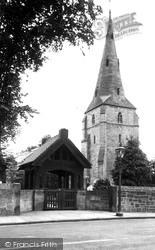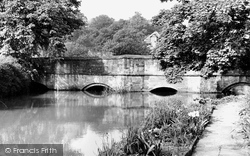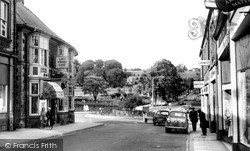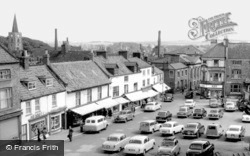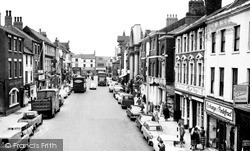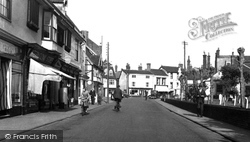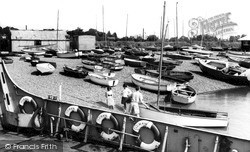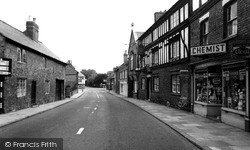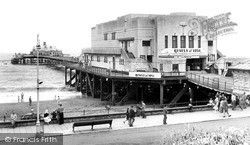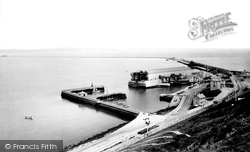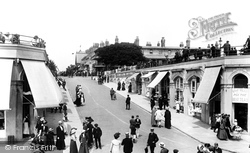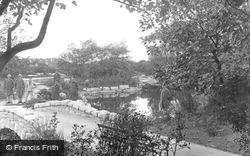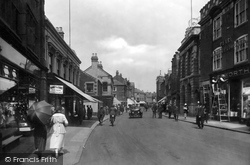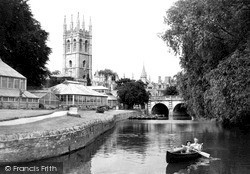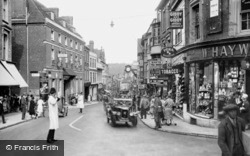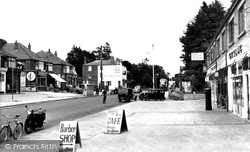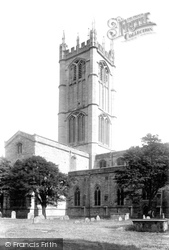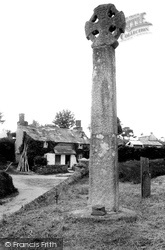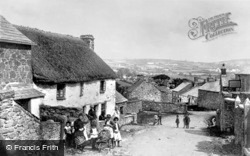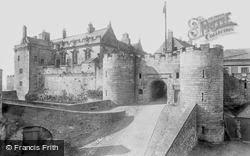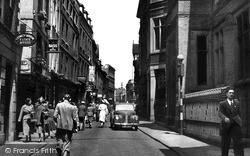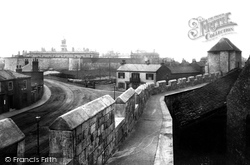Places
Sorry, no places were found that related to your search.
Photos
Sorry, no photos were found that related to your search.
Maps
7,034 maps found.
Books
163 books found. Showing results 3,169 to 3,192.
Memories
22,912 memories found. Showing results 1,321 to 1,330.
Many Memories
I was born in Madeley in 1951. My father was a coach driver for A.L.Jones of Victoria Road. I spent a lot of my early years sitting on the front seat of the coach, and sometimes on the engine cover next to Dad. I'm sure ...Read more
A memory of Madeley in 1963 by
Poetry
This poem was sent to mac by Mrs S. Holmes: Death of Chelmsley Wood The sheer delight of summer afternoons, As through the fields in cotton frocks we walked, The long grass licking at our gangly legs, While we in deep contentment ...Read more
A memory of Chelmsley Wood in 1995
Kitchen Staff
I worked at Moorlands with Chef Freddie Davis, a Basque Chef, great man, brandy and a garlic clove before we started the day, had a pastry cook who drove an Austin Champ. I believe the manager was called Smith. Freddie gave me a ...Read more
A memory of Haytor Vale in 1967 by
Aber/Blaengwynfi Silver Prize Band Thankyou For The Music!
I grew up in Blaengwynfi in the 1950s/60s. My father was Don Davies, and he was band-master during most of those years. He'd joined the band in the 30s when he'd been forced to leave ...Read more
A memory of Blaengwynfi by
Wyke Regis
My wife Christina Armstrong's (nee Brown) mum Phylis was born and raised in Wyke Regis, both of Phylis's parents along with many of her relatives are buried at this church. Chris's mum was raised at Park Mead Road, her name was ...Read more
A memory of Wyke Regis by
How Good Barking Was In The 1950s
I was born in Shirley Gardens in 1935, right opposite Barking Park where I spent most of my childhood at Barking open air lido. What a magnificent place that was! My father was a policeman in Barking so we always ...Read more
A memory of Barking by
James Joseph Irvine (Autobiography) 1911 1990
Stretching over about a mile on the A68 road to Edinburgh from Darlington, lies the small mining town of Tow Law. Approaching it from Elm Park Road Ends, on a clear day, as you pass the various openings ...Read more
A memory of Tow Law in 1930 by
Hopedene
I was born in Hopedene at the beginning of July 1960. I think it was good neutral territory as my father was Nursing at the General, and my mother was a Physio at the RVI. They had moved down to Corby at the start of the ...Read more
A memory of Elswick in 1960 by
Football
I left Blaengwynfi in 1952 when I was fourteen. My father was Emlyn (Capers) Thomas and my mother was Betty (Scotch) Thomas. I had four brothers and a sister. I remember that I was one of the ball boys at the football pitch at the top ...Read more
A memory of Abergwynfi in 1950 by
The Old Quay, Newlyn
This photograph shows "The Old Quay" which was a medieval construction inside the outer arms of the Newlyn Harbour. Behind the Old Quay is the South Pier and the extreme end of the North Pier shows to the left of the picture ...Read more
A memory of Newlyn in 1955
Your search returned a large number of results. Please try to refine your search further.
Captions
9,654 captions found. Showing results 3,169 to 3,192.
Village stocks were once attached to this cross, which stands at the junction of roads to Wells, Draycot and Westbury.
Tin and copper were once mined hereabouts and Mary Tavy was at the heart of it.
St Andrew's church, in Church Lane, has served this ancient parish for hundreds of years.
Situated at the lower end of the High Street, its peaceful setting almost belies the hive of activity that takes place in the High Street during the summer months when the town attracts many tourists.
We are looking north towards Friary Gardens and Queens Road across the roundabout at the junction with Victoria Road. King Street became one-way for outbound traffic in 1994.
The Norman tower of St Michael's parish church watches over the busy Market Place of Malton, filled with cars in this picture.
Famous for its liquorice 'cakes' or sweets, Pontefract is an ancient market town at the junction of the Rivers Aire and Calder, south of Castleford.
The edge of St Mary's churchyard, with the war memorial in the form of a white cross, is on the right. The jettied building of c1500, on the left, was the Guildhall of the Mercers and Drapers.
Here the shingle beach is thick with pleasure sailing boats of various types and sizes. The two girls seem reluctant to help their father with the boat.
The famous hunt often meets at the crossroads in the distance. The main A6 is quiet as it passes the White Swan.
Sandown's pier was originally built to allow steamers to come near to shore. The early structure fought a valiant battle against the worst of the channel storms, but managed to survive.
The outer breakwaters at Portland extend over two miles, making it one of the largest man- made harbours in the United Kingdom.
It is a hot day. The shop awnings are down and the men are wearing their boaters.
This corner of Fairhaven Lake provides a quirky aside to the larger statement made by the leisure facilities in the gardens proper.
Decorators can be seen at work outside Hepworths.
The college buildings have changed little since they were built at the end of the fifteenth century.
Policemen directing traffic at the top of the High Street in this late 1920s photograph. The George Hotel, on the left, was demolished in the 1950s to facilitate a road-widening scheme.
Drayton, a suburb of Portsmouth, lies close to Portsdown Hill, a 7-mile chalk ridge stretching from Bedhampton to Fareham.
The Normans may have settled around their castle, but the first settlement on the hilltop was probably near the site of the present church.
This ancient four-hole cross was restored and placed at the edge of the churchyard in 1881. While Mylor claims the tallest cross in Cornwall, Quethiock's has more stone visible above ground.
This placid village hangs at the skirts of Bodmin moor, and is noted for its antiquities.
When the forework was remodelled for James IV, it partially followed the line of earlier defences.
On the left at the corner of Pepper Street is Lloyd's Coffee House, famous for its cakes and pastries.
Originally there were six postern towers; the one at Fishergate is now the only one that remains unaltered. It once overlooked the King's Fishpool.
Places (0)
Photos (0)
Memories (22912)
Books (163)
Maps (7034)


